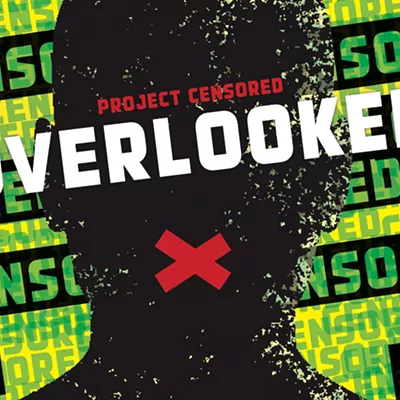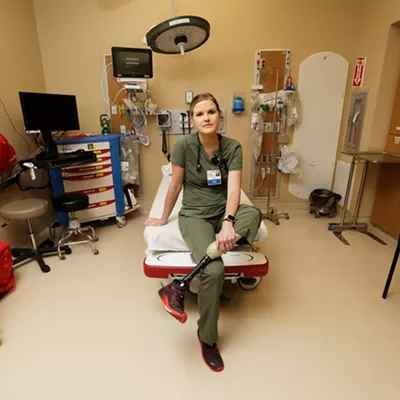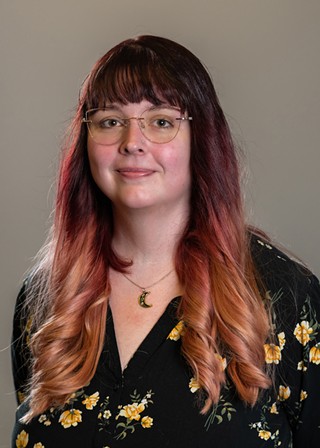
As people wait for their name to be called from a 150-, sometimes 200-person-deep waiting list to get into Spokane's Opioid Treatment Program, they continue using drugs, and often struggle to keep their lives together, says Matt Layton.
"Whether it's pills or heroin, that means that they're committing crimes, and going to emergency departments, and often they're homeless," Layton says.
Layton is the medical director of the treatment program, which provides medication-assisted treatment to hundreds of addicts in Spokane.
Since he started at the Spokane Regional Health District 2½ years ago, Layton says the program has seen a more than 30 percent increase in the number of people it sees.
"We've gone in a stepwise manner as the epidemic has played out," he says. "We've created more slots, filled those, had a waiting list, created more slots, filled those, and so on."
The number of heroin-related deaths here tripled from 2014 to 2015 (up to 22 from 7), and deaths related to other opioids were also up significantly, according to data from the Spokane County Medical Examiner and Washington State Department of Health.
In continuing to push back against the increase in opioid abuse and overdose deaths, Spokane County recently approved funding to serve another 142 Medicaid patients through the program.
The increase will allow the district to provide a total of 740 Medicaid patients with methadone or buprenorphine as part of treatment designed to help them stay off of heroin and other opioids, so they can get their life back on track.
Methadone and buprenorphine are synthetic opiates that help prevent or reduce the usual symptoms of withdrawal and cravings experienced after quitting heroin and other opioids.
"Once we get 'em into treatment, it's not just about medication, it's also about individual and group counseling, and accountability," Layton says. "What we see is they often get jobs, education, they get their children back while they're in treatment."
However, the increase in space, approved by county commissioners in January, may only just take care of those on the current waiting list, which has been around 150 people long, he says.
As of Tuesday, the clinic had 845 people, with 104 self-payers and 31 veterans. The rest were under Medicaid, says Julie Albright, administrator of treatment services.
The clinic can bring up to 1,000 people on, Albright says. At the pace things are going, it could hit that figure in the next year.
To expand beyond that cap, state law requires the clinic go to the county and prove there is a need to expand.
NATIONAL TREND
Nearly 1,100 people died of drug overdoses in Washington in 2015, making ours the only state west of the Mississippi, other than Louisiana, to see a significant increase in drug overdose deaths from the year before, according to the Centers for Disease Control and Prevention. Nineteen states saw a significant increase in overdose deaths that year.
Nationally, about 63 percent of overdose deaths involved opioids in 2015, and in Washington that rate held true with more than 700 opioid-related deaths.
Layton says that similar to national trends, he estimates about one-third of people in the clinic were heroin users, while the other two-thirds were on prescription pain pills. Many have used a combination of the two.
In addition to helping ease the transition off drugs and prevent overdoses, which are most common after someone has lowered their tolerance and goes back to using, the program also eases the burden of opioid-related hospitalizations and arrests.
Among patients who were part of the Opioid Treatment Program for six months to a year, emergency-room visits dropped from 80 percent to 9 percent and illicit drug use decreased from 100 percent (everyone in the program was a user of some sort) to 20 percent, according to OTP figures. ♦





















